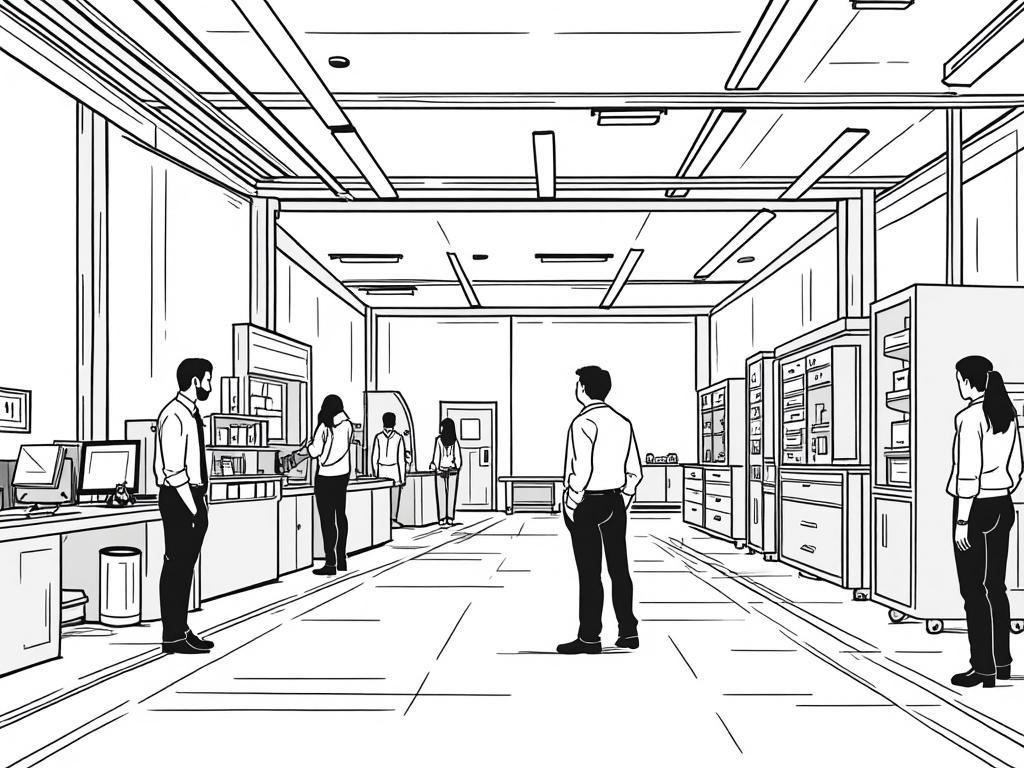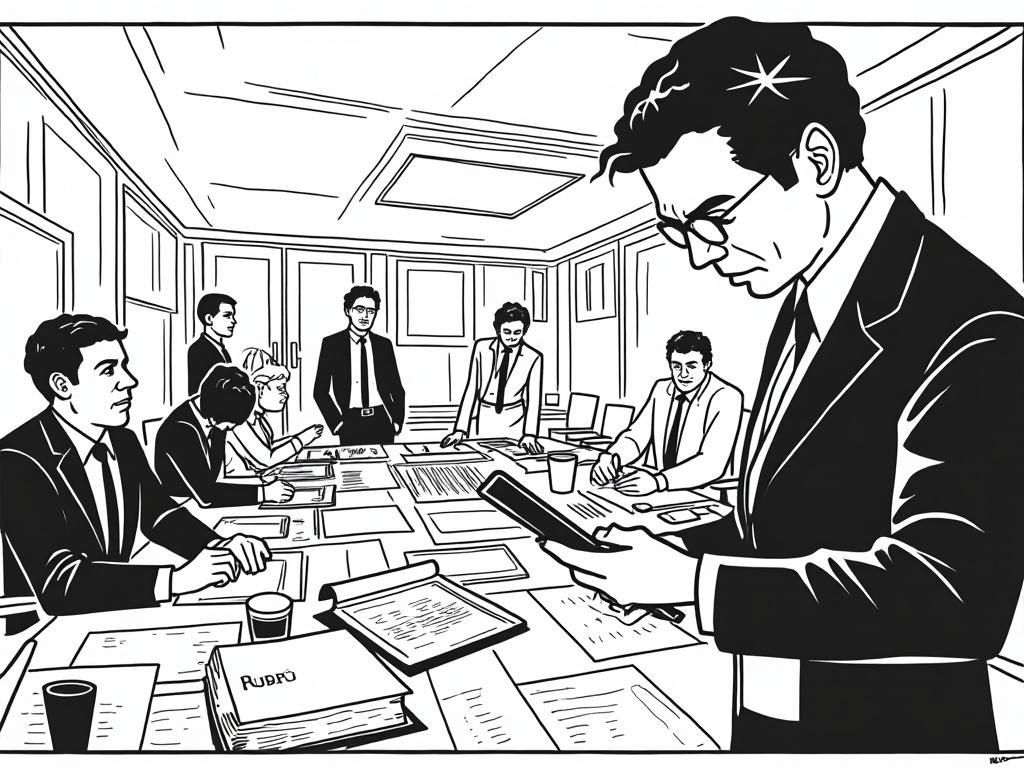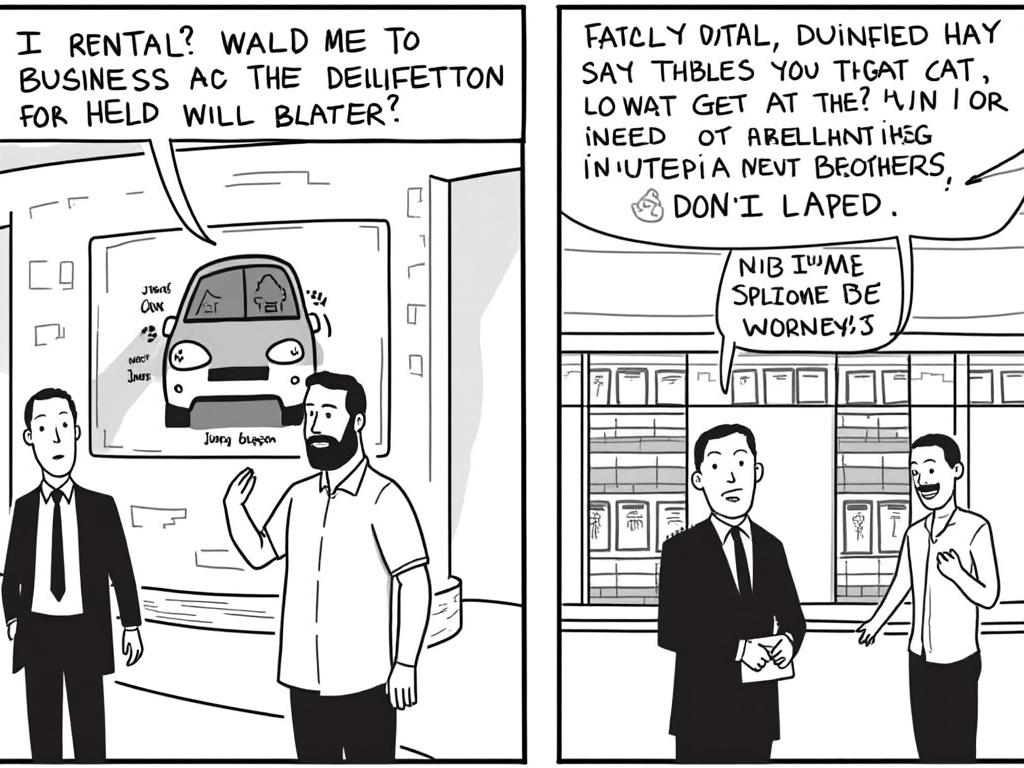
Sports Facilities and Stadiums in Greece: A Complete Guide to Hellenic Athletic Infrastructure
Reading time: 12 minutes
Table of Contents
- Overview of Greek Sports Infrastructure
- Olympic Legacy and Modern Facilities
- Major Stadiums and Their Features
- Regional Sports Complexes
- Infrastructure Challenges and Solutions
- Future Developments and Investments
- Your Stadium Experience Roadmap
- Frequently Asked Questions
Overview of Greek Sports Infrastructure
Ever wondered how a country with just 10.7 million people manages to host world-class sporting events? Greece’s sports facility landscape tells a fascinating story of ancient traditions meeting modern innovation. From the birthplace of the Olympics to cutting-edge venues that hosted the 2004 Summer Games, Greek sports infrastructure represents a unique blend of historical significance and contemporary excellence.
Key Infrastructure Insights:
- Over 200 major sports facilities nationwide
- €4.5 billion invested in Olympic venue construction
- 15 FIFA-approved football stadiums
- Integration of sustainable technologies in newer venues
Well, here’s the straight talk: Greece’s sports facilities aren’t just buildings—they’re cultural landmarks that serve multiple community functions while maintaining international competition standards.
Olympic Legacy and Modern Facilities
The 2004 Athens Olympics transformed Greece’s sports infrastructure landscape permanently. Let’s examine how this monumental event reshaped the country’s athletic facilities and created lasting benefits for communities nationwide.
The Olympic Sports Complex (OAKA)
The Olympic Athletic Center of Athens “Spyros Louis” stands as Greece’s crown jewel of sports infrastructure. Designed by Spanish architect Santiago Calatrava, this architectural marvel covers 120 hectares and includes multiple world-class venues.
OAKA Key Features:
- Main Stadium: 69,618 capacity with retractable roof system
- Indoor Hall: 18,989-seat multipurpose arena
- Aquatic Center: Olympic-standard swimming and diving facilities
- Tennis Center: 16 courts including 8,600-seat center court
Quick Scenario: Imagine hosting a major international football match. OAKA’s sophisticated climate control system maintains optimal playing conditions regardless of Athens’ Mediterranean weather, while its advanced security infrastructure ensures seamless event management for tens of thousands of spectators.
Post-Olympic Utilization Success Stories
Unlike many Olympic host cities, Greece has maintained excellent facility utilization rates. The Faliro Sports Pavilion, for instance, now serves as home to basketball powerhouse Olympiacos, while regularly hosting concerts and cultural events that generate significant revenue.
Utilization Statistics (2019-2023):
Olympic Venue Usage Comparison
85% capacity utilization
78% capacity utilization
65% capacity utilization
72% capacity utilization
Major Stadiums and Their Features
Greece’s major stadiums serve as focal points for community pride and sporting excellence. Each venue tells a unique story while meeting international standards for competition and spectator experience.
Karaiskakis Stadium: The Theater of Dreams
Home to Olympiacos FC, Karaiskakis Stadium represents the pinnacle of football atmosphere in Greece. With its 32,115 capacity and proximity to Piraeus port, this venue creates an intimidating environment that visiting teams respect and fear.
Unique Features:
- Steep-angled stands creating acoustic amplification
- Underground parking for 1,200 vehicles
- VIP facilities meeting UEFA Category 4 standards
- Integrated public transportation access
Toumba Stadium: The Fortress of Thessaloniki
PAOK’s home ground exemplifies how smaller venues can create outsized impact. Despite its 28,703 capacity, Toumba consistently ranks among Europe’s most intimidating football venues.
As former PAOK player Dimitris Salpingidis explains: “The noise level at Toumba during European nights reaches 115 decibels—equivalent to standing next to a jet engine. The architectural design traps sound, creating an incredible wall of noise that gives us a genuine home advantage.”
Stadium Infrastructure Comparison
| Stadium | Capacity | Year Built/Renovated | UEFA Category | Special Features |
|---|---|---|---|---|
| OAKA Stadium | 69,618 | 2001 | Elite | Retractable roof, Olympic heritage |
| Karaiskakis Stadium | 32,115 | 2004 | 4 | Waterfront location, steep stands |
| Toumba Stadium | 28,703 | 1959/2015 | 4 | Exceptional acoustics, historic atmosphere |
| Apostolos Nikolaidis | 16,003 | 1922/2000 | 3 | Oldest stadium, central Athens location |
| Pankritio Stadium | 26,400 | 2004 | 4 | Modern design, Crete’s largest venue |
Regional Sports Complexes
Beyond Athens and Thessaloniki, Greece’s regional sports facilities demonstrate the country’s commitment to nationwide athletic development. These venues serve dual purposes: fostering local talent while supporting community health and wellness initiatives.
Island and Coastal Facilities
Greece’s island communities face unique challenges in sports facility development. Limited space, seasonal population fluctuations, and transportation logistics require innovative solutions.
Case Study: Rhodes Sports Complex
The Rhodes Municipal Stadium showcases how island facilities can excel despite constraints. Built into natural hillside terrain, this 4,300-capacity venue serves the local football club while doubling as a community gathering space for cultural events. Its design incorporates sustainable features like rainwater collection and solar panel integration, reducing operational costs by 35% compared to traditional designs.
Mountain Region Adaptations
Northern Greece’s mountainous regions have developed specialized facilities for winter sports and outdoor activities. The Seli Ski Center near Veria represents successful adaptation to challenging topography, featuring modern lift systems and support facilities that operate efficiently in harsh weather conditions.
Infrastructure Challenges and Solutions
Despite impressive facilities, Greek sports infrastructure faces ongoing challenges that require strategic solutions. Understanding these obstacles helps appreciate the complexity of maintaining world-class venues in a challenging economic environment.
Financial Sustainability Concerns
The economic crisis of 2010-2018 significantly impacted sports facility maintenance and operations. Many venues struggled with reduced government funding while facing increased operational costs.
Practical Solutions Implemented:
- Public-Private Partnerships: Karaiskakis Stadium’s management model combines public ownership with private operational expertise
- Multi-Purpose Programming: Olympic venues now host concerts, conferences, and cultural events to diversify revenue streams
- Energy Efficiency Upgrades: LED lighting and smart climate control systems reduce operational costs by 25-40%
- Community Integration: Local schools and sports clubs receive preferential access rates, ensuring consistent usage
Maintenance and Modernization
Aging infrastructure requires continuous investment to maintain international standards. The challenge lies in balancing preservation of historic venues with necessary technological upgrades.
According to Hellenic Football Federation technical director Mixalis Skaperdas: “Our approach focuses on smart upgrades that preserve each venue’s character while meeting modern safety and performance standards. We’ve learned that incremental improvements often prove more effective than complete overhauls.”
Accessibility and Transportation
Many facilities built in earlier eras lack adequate accessibility features and modern transportation connections. Recent initiatives have prioritized these improvements:
Recent Accessibility Upgrades:
- Wheelchair-accessible seating increased by 150% across major venues
- Audio description systems installed in 12 major stadiums
- Improved public transportation connections to Olympic venues
- Digital ticketing systems with accessibility features
Future Developments and Investments
Greece’s sports facility development continues evolving, with new projects emphasizing sustainability, technology integration, and community benefit. Current initiatives suggest an exciting future for Greek sports infrastructure.
Smart Stadium Technology
Emerging technologies are transforming how Greek venues operate and engage with visitors. The integration of IoT sensors, mobile apps, and digital payment systems creates seamless experiences while providing valuable operational data.
Technology Integration Timeline:
- 2024: 5G network implementation in major venues
- 2025: Augmented reality wayfinding systems
- 2026: Predictive maintenance systems using AI
- 2027: Carbon-neutral operations at Olympic venues
For those considering exploring Greece’s remarkable sports infrastructure while potentially establishing residency, understanding the process becomes important—you can learn more about obtaining a passport of greece through various investment and residency programs.
Community-Centered Development
Future facility development prioritizes community integration over pure sporting function. New venues incorporate mixed-use designs that serve neighborhood needs while maintaining elite competition capabilities.
The proposed Attica Regional Sports Complex exemplifies this approach, featuring:
- Youth training academies integrated with educational facilities
- Healthcare and rehabilitation centers
- Small business incubation spaces
- Renewable energy generation systems
Your Stadium Experience Roadmap
Ready to explore Greece’s incredible sports venues? Whether you’re a sports tourism enthusiast, facility manager, or simply curious about world-class infrastructure, here’s your strategic approach to maximizing the Greek sports facility experience:
Phase 1: Essential Venues (Week 1)
- Visit OAKA complex during both event and non-event days to appreciate its full scope
- Experience a match at Karaiskakis Stadium for authentic Greek football atmosphere
- Tour the Olympic Museum and learn about venue legacy management
Phase 2: Regional Exploration (Weeks 2-3)
- Compare urban vs. island facility approaches at Rhodes or Crete venues
- Observe community integration at smaller regional complexes
- Document sustainable technology implementations across different climates
Phase 3: Professional Insights (Week 4)
- Network with facility managers to understand operational challenges
- Attend planning meetings for future development projects
- Analyze financial models used for venue sustainability
Pro Implementation Tips:
- Contact venues directly for behind-the-scenes tours—most are accommodating to serious facility professionals
- Time visits during both peak and off-seasons to understand operational flexibility
- Document innovative solutions that could apply to your own projects or interests
The evolution of Greek sports facilities reflects broader trends toward sustainability, community integration, and technological advancement. As you explore these remarkable venues, consider how their solutions might inspire improvements in your own community’s athletic infrastructure.
What aspects of Greek sports facility innovation could transform sporting experiences in your region?
Frequently Asked Questions
How do Greek sports facilities compare internationally in terms of sustainability?
Greek venues increasingly lead in Mediterranean climate adaptations, with Olympic facilities achieving 35% energy reduction through solar integration and smart climate systems. While not matching northern European standards in all areas, Greek facilities excel in water conservation and heat management technologies that other warm-climate regions now emulate.
What makes Greek football stadiums uniquely atmospheric compared to other European venues?
Greek stadium design emphasizes steep, close stands that amplify crowd noise and create intimate atmospheres despite varying capacities. The combination of passionate supporter culture, architectural acoustics, and traditional elements like organized choreography creates experiences that consistently rank among Europe’s most intense, particularly at venues like Toumba and Karaiskakis.
Are Greek sports facilities accessible for international events and tourism?
Major Greek venues meet international competition standards, with OAKA and several football stadiums regularly hosting UEFA and FIFA events. Recent accessibility improvements, multilingual signage, and transportation upgrades make most facilities tourist-friendly. However, advance planning helps, especially for island venues where seasonal schedules and ferry connections affect access timing.

Article reviewed by Clara Schneider, Central European REITs | Dividend-Focused Portfolio Architect, on June 6, 2025





